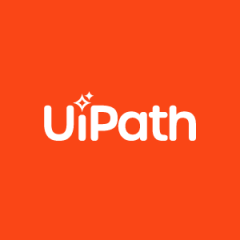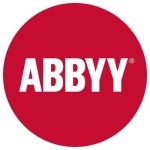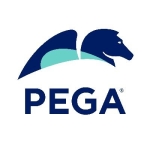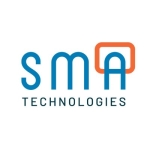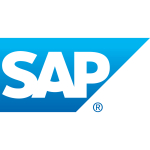What is our primary use case?
We have been using UiPath for almost the last five years in the industry, where a lot of research development, and clinical trials are happening. Many of the processes are centered around clinical trials, especially around translation.
Being a global company, we conduct a lot of clinical research involving various languages and regulations. Earlier, we were outsourcing translation services, which presented security and timing challenges.
With UiPath, we built bots that collect clinical trial documents from various sources and translate them into the desired language, ensuring security and faster delivery. We no longer need to outsource, and translations are now super fast, sometimes within hours.
How has it helped my organization?
UiPath has significantly helped our organization by providing solutions that save time and enhance efficiency. It has automated many tasks, allowing our staff to focus on other projects.
We've built attended bots for research analysts who can now complete tasks while attending meetings. These bots save 5,000 to 8,000 hours yearly, contributing to our overall efficiency and allowing us to save a lot of money. UiPath has also enabled us to achieve outcomes like speed, scalability, security, productivity, and quality.
What is most valuable?
The user experience that UiPath offers, particularly the ease of use with the Studio's drag-and-drop feature, speeds up development significantly.
The connectors available in integration services are helpful for quickly connecting with applications like Salesforce and ServiceNow.
I appreciate the orchestration capabilities and document processing integrations.
Additionally, the prompt-based workflow-building feature, where you can use natural language to build workflows, is quite impressive.
What needs improvement?
While UiPath is exceeding my expectations, there is room for improvement, particularly in the studio's performance. Sometimes, it takes a while to open and launch workflows, and this speed issue could be addressed. Additionally, the support could be improved, especially regarding the availability and expertise of support engineers.
Buyer's Guide
UiPath Platform
October 2025
Learn what your peers think about UiPath Platform. Get advice and tips from experienced pros sharing their opinions. Updated: October 2025.
872,837 professionals have used our research since 2012.
For how long have I used the solution?
We have been using UiPath for almost the last five years.
What do I think about the stability of the solution?
UiPath is very stable. I have never experienced any bugs in the product.
What do I think about the scalability of the solution?
UiPath has always met our expectations in terms of scalability, as we can scale it across the global enterprise level.
How are customer service and support?
Support is one area that could always use improvement. There have been challenges in getting timely support, especially during emergencies, and sometimes we don't get experienced engineers to solve problems.
How would you rate customer service and support?
Which solution did I use previously and why did I switch?
In my career in digital transformation over the last fifteen years, I have used tools like Blue Prism and Automation Anywhere. However, UiPath has proven to be superior because of its ease of use and continuous improvement.
How was the initial setup?
The initial setup of UiPath was straightforward and very quick. It took only a couple of hours to set up the environment.
What about the implementation team?
I handled the implementation in-house with the support of UiPath and have been involved in every phase of the development life cycle, from infrastructure setup to discovery and deployment.
What was our ROI?
We are saving almost five million dollars every year. Our bots save about 5,000 to 8,000 hours yearly, equating to roughly $5 million to $7 million dollars in savings annually.
What's my experience with pricing, setup cost, and licensing?
The pricing could be reduced as Microsoft Power Automate is becoming a strong competitor. There is a significant difference in cost between UiPath and Power Automate, with Power Automate being more affordable for some automations.
Which other solutions did I evaluate?
In the past, I have worked with Blue Prism and Automation Anywhere. I find UiPath to be superior due to its user-friendliness and innovative features.
What other advice do I have?
Always explore using AI first, as it is often a cost-effective and simple solution. UiPath's integration of AI workflows in a user-friendly way brings a lot of potential for automation.
Which deployment model are you using for this solution?
On-premises
Disclosure: My company does not have a business relationship with this vendor other than being a customer.

